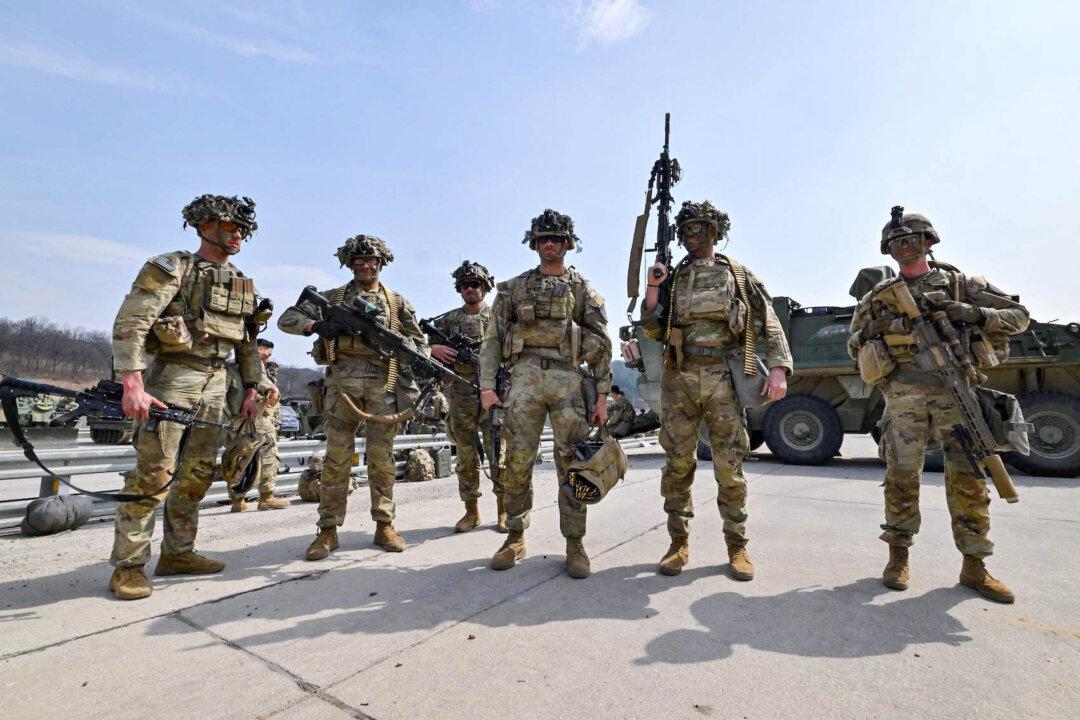Commentary
The presence of U.S. Forces in Korea (USFK) has long served as a cornerstone of the Republic of Korea–United States (ROK-U.S.) alliance, functioning as both a deterrent against North Korean aggression and a symbol of the U.S. commitment to security on the Korean Peninsula. However, amid intensifying strategic competition in the Indo-Pacific and shifting priorities within Washington, the traditional role of USFK is being redefined. This evolution carries profound implications—not only for the future structure of the alliance, but also for deterrence, regional stability, and South Korea’s own defense posture.



